AKW Zwentendorf
The nuclear power plant Zwentendorf is an example of Austria’s contemporary history and a lesson to Austrian politics. Zwentendorf is the world’s only nuclear power plant to have been completed but never put into operation due to the outcome of a national referendum (taken from www.zwentendorf.com).
Although the power plant was ready to use and even the uranium fuel rods where on-site, thanks to the very close vote (50,47% against the operation) the plant was never put into operations and thus never poisoned with radioactivity. This makes it possible to visit the plant and even walk into the reactor – a unique experience in the world.
After having reserved a slot nearly half a year before the actual tour, this year we did the tour through this very impressive nuclear “memorial“.
The construction of Zwentendorf was decided on the 11th November 1969 and was designed as a Boiling water reactor (BWR) with a single cooling circuit (meaning that the radioactive steam is leaving the reactor hall and powering the turbines which are then also radioactively contaminated).
The power plant costed 5.2 billion Austrian Schillings (relates to 1.6 billion Eur today) and desigend to deliver 692 MW of power.
Zwentendorf is missing the typical cooling towers of a nuclear power plant since it was designed to cool the steam with the water of the danube river that runs nearby.
Although it was at time to be designed as state-of-the-art, the reactor misses important security features (e.g. no containment) and required emergency backup power (diesel generators) were placed outside and thus vulnerable to flooding (like the incident in Fukushima) or terrorist attacks.
Luckily, the referendum on the 5th November 1978 voted against the operation – although at that time everything was ready and even the nucelar fuel material was on-site.

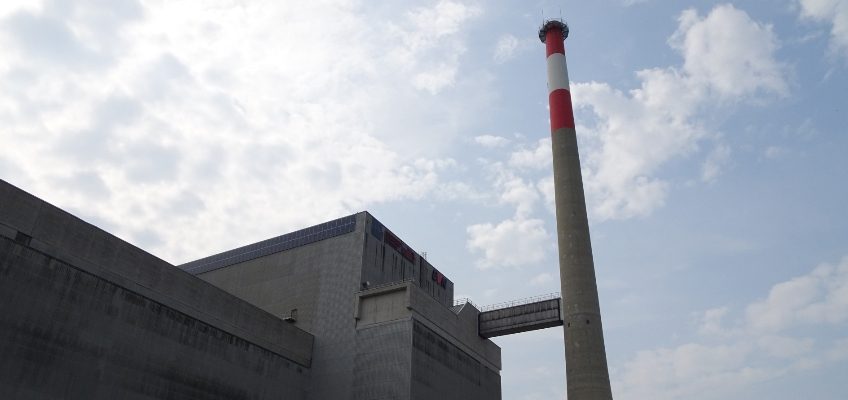
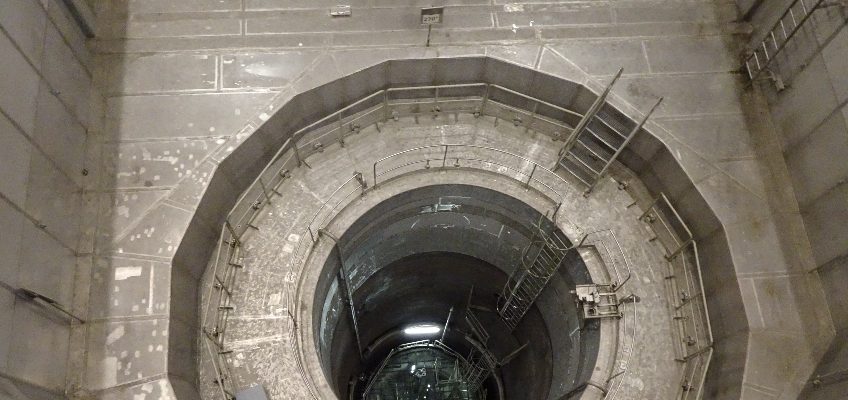
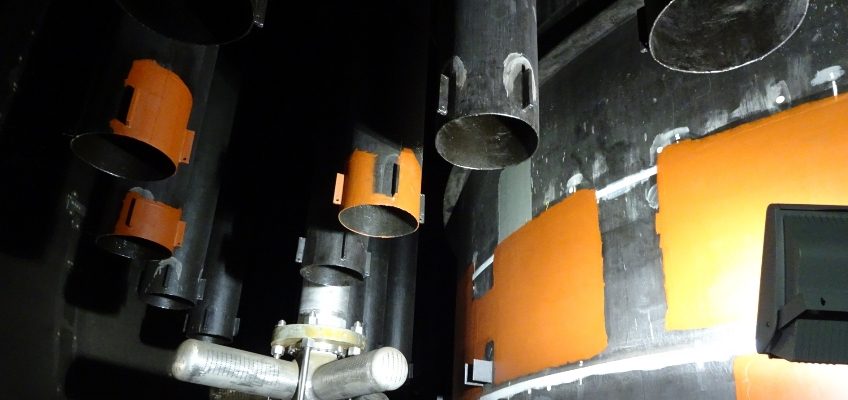
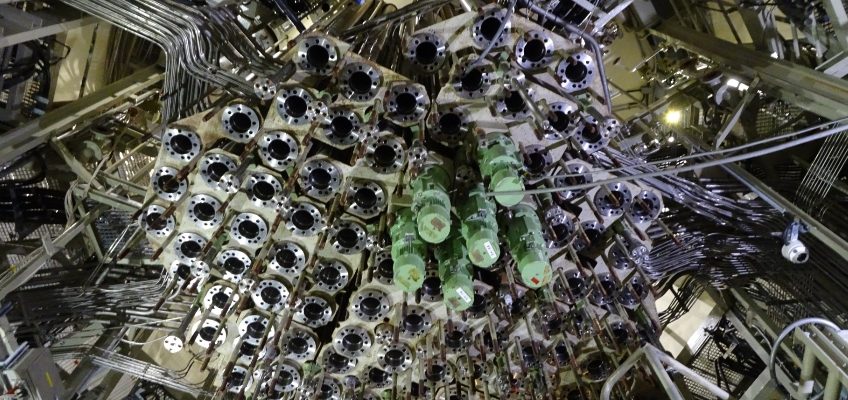
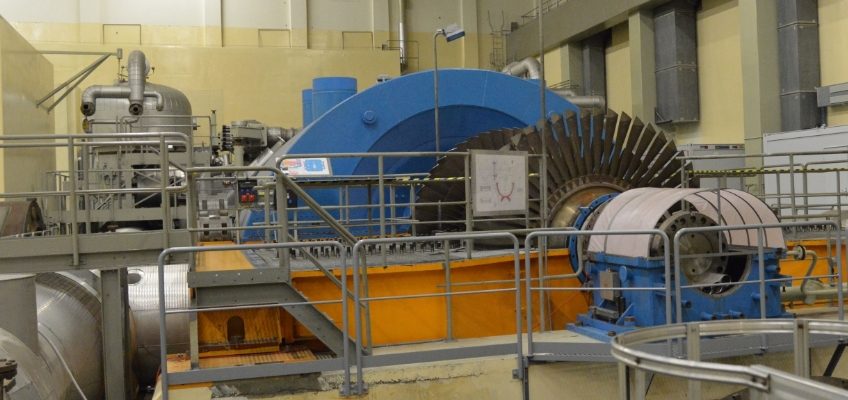
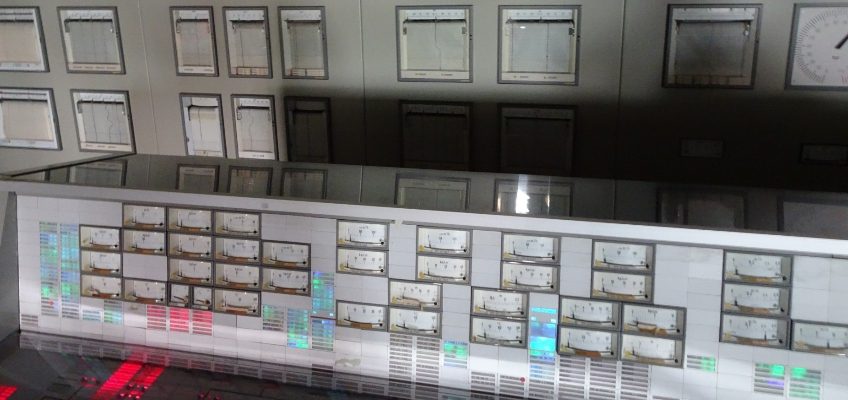
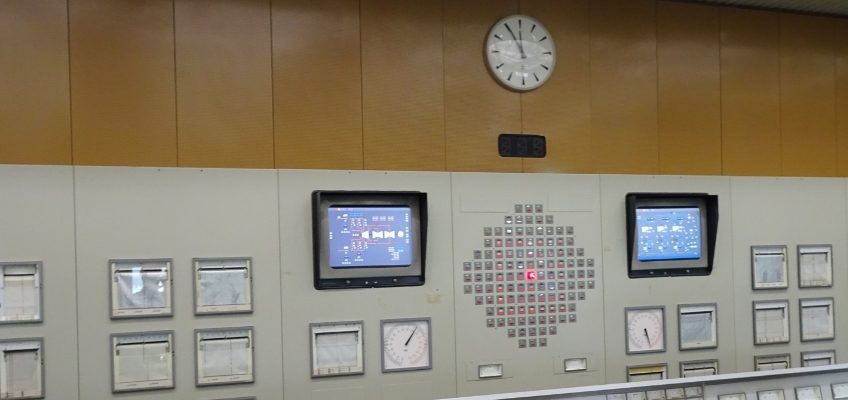
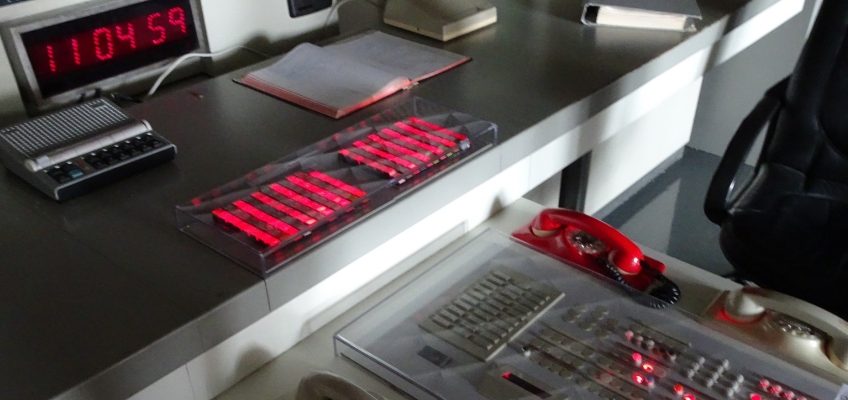




















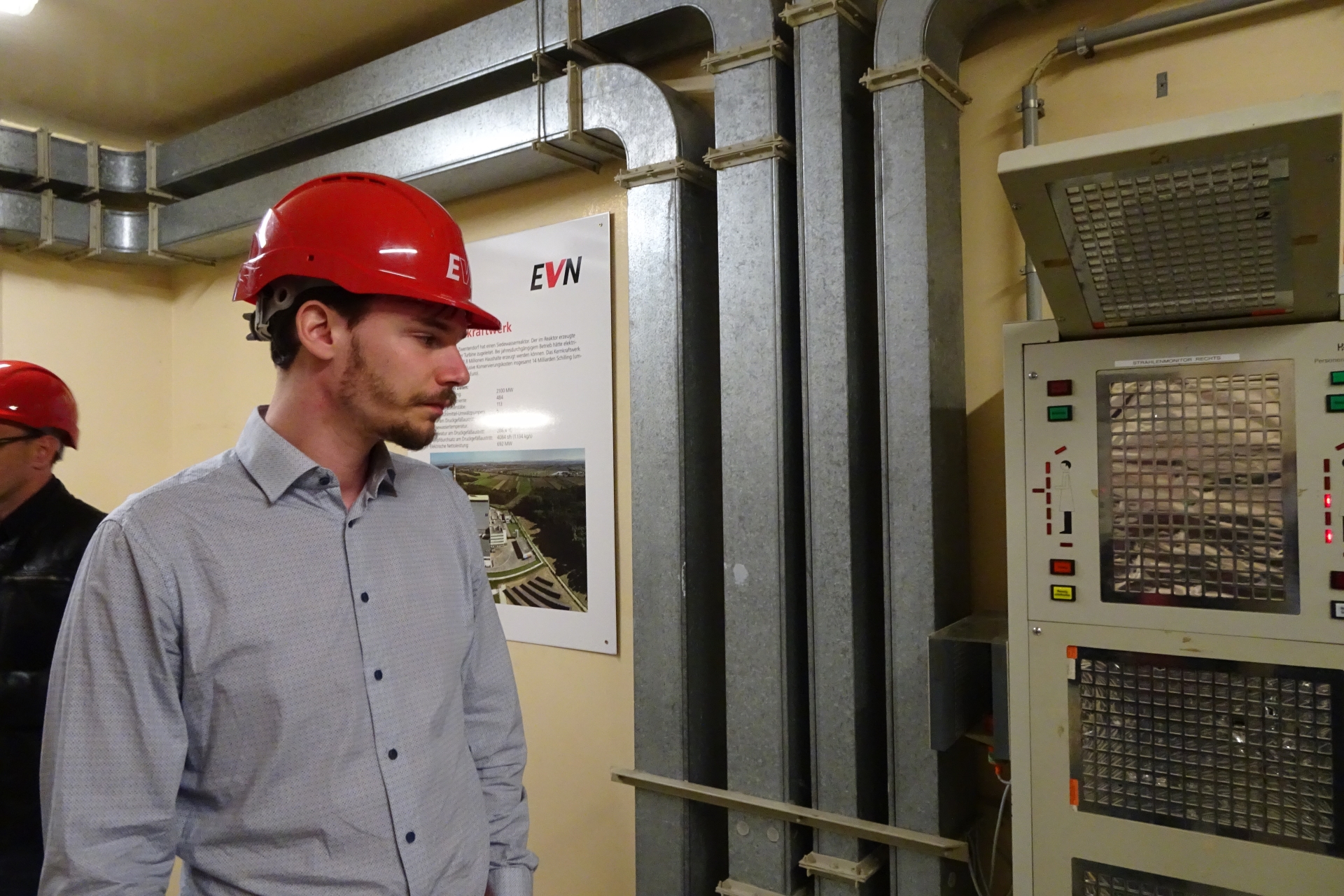

































































Leave a Reply